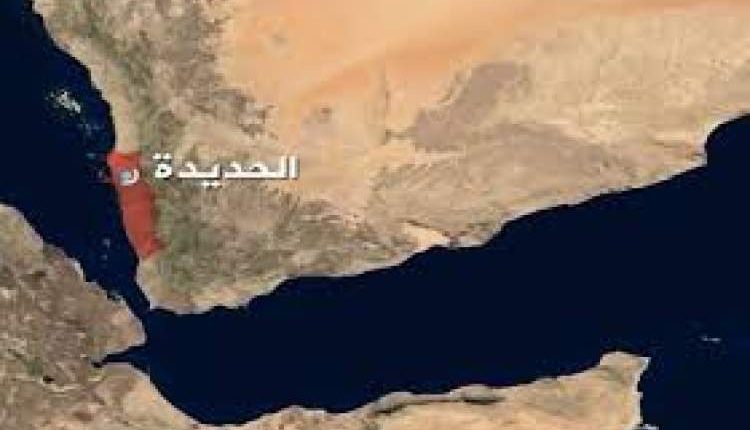Expanded meeting of Committee for Inventorying & Documenting Damages & Aggression Violations in Al-Hodeida
An expanded meeting was held in Al-Hodeida province for the committee to list and document the damages and violations of the aggression against the province to review the initial indicators of damage to the infrastructure, service and economic sectors.
During the meeting, the province’s deputy for services affairs, Muhammad Suleiman Hulaysi, referred to the repercussions of the war crimes and countless violations that affected all aspects of life, resulting in tragedies and humanitarian disasters in various fields.
He touched on the indications and objectives of inventorying and documenting damages and violations within the technical committee consisting of criminal investigation, forensic evidence, works, human rights, land, statistics, the Supreme Council for Humanitarian Affairs, health and media and other agencies in coordination with the local authority in the province.
For his part, the director of the Human Rights Office in the province, Zain Ezzi, reviewed part of the numbers related to the damages and violations of the aggression, which included the victims who were killed and injured by airstrikes and shells of the aggression, which numbered five thousand and 408 killed and injured.</span>
He explained that the number of martyrs, 2,243, and the injured were 3,185, while the number of people with deformities and disabilities as a result of the aggression reached 1,972 disabled people.
With regard to infrastructure damage, Ezzi stated that the aggression targeted Hodeida airport, three ports, 97 power stations and generators, 749 roads and bridges, 47 networks and communication stations, 13 reservoirs and water networks, and 212 province facilities.
He pointed out that 61,823 houses were damaged and destroyed as a result of the aggression’s bombing and the escalation of mercenaries, 11 university facilities, 88 mosques, four shrines, 109 tourist facilities, 40 hospitals and health centers, 82 schools, 81 sports facilities, 579 archaeological sites, three media facilities, and 1,735 agricultural fields.
With regard to economic establishments, the Director of the Human Rights Office pointed out that a number of damages were documented as a result of the systematic shells, which affected 60 factories, 57 fuel tankers, 2,000, 226 commercial establishments, 977 means of transportation, 125 food trucks, 79 markets, 225 fishing boats, 183 food stores, 53 fuel stations, 14 ports, fish landings and 78 farms.

